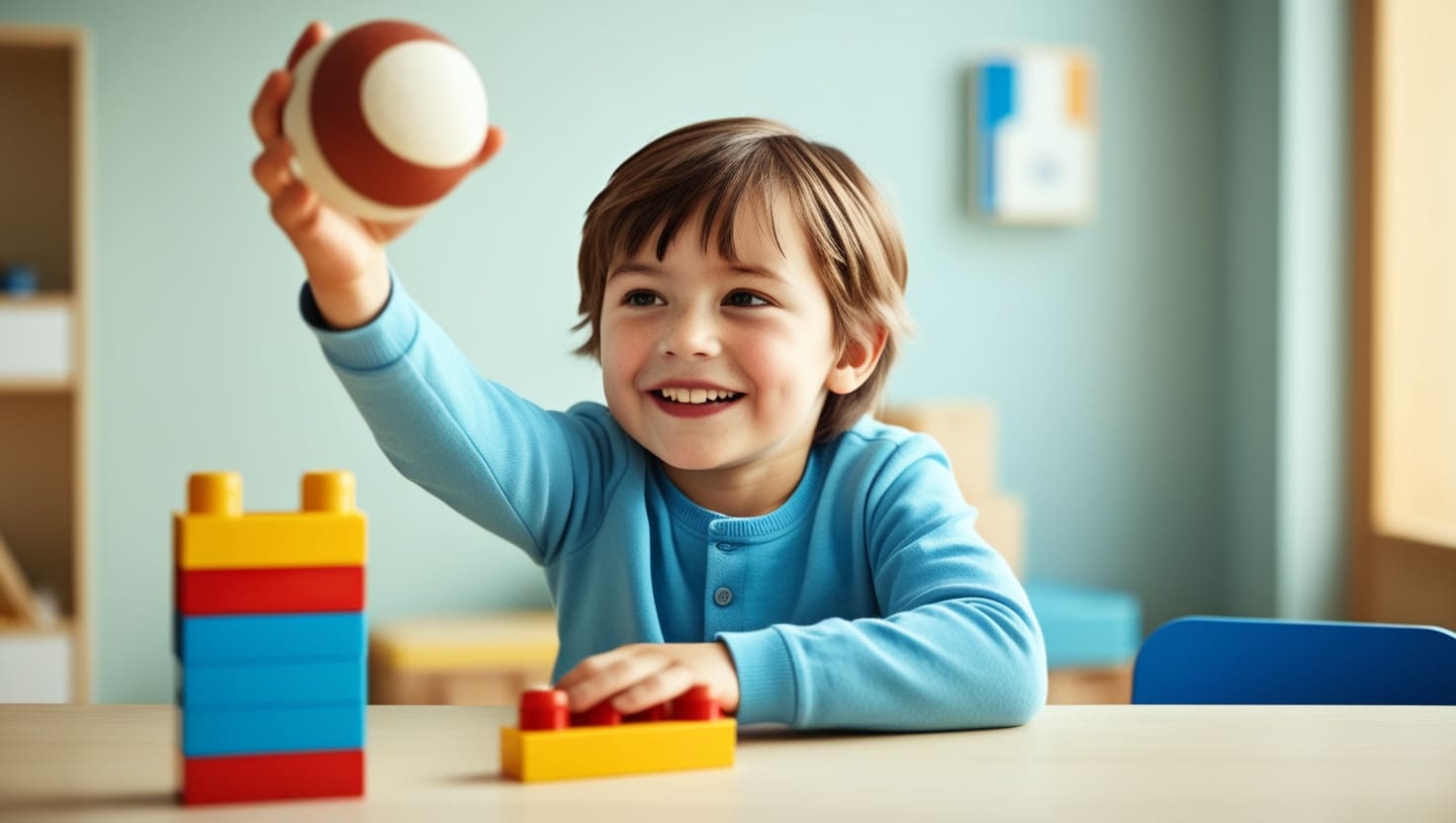Blog
How to Help Your Child Build Hand-Eye Coordination Through Play

Hand-eye coordination is a vital skill for children that impacts their ability to perform a wide range of everyday tasks—from catching a ball to writing, drawing, eating, and using tools. It’s the ability to synchronize visual input with precise hand movement, and it plays a crucial role in both academic success and overall physical development.
Fortunately, improving hand-eye coordination doesn’t require expensive equipment or structured lessons. Simple play-based activities at home can significantly boost this essential skill. In this article, we’ll explore effective, fun, and practical ways to help your child improve their hand-eye coordination through interactive play and hands-on experiences.
1. Play Catch with Balls
Playing catch is a timeless and effective activity that promotes hand-eye coordination in children. It’s simple, engaging, and requires them to process visual information and react with precise hand movement.
Start with Soft Balls
Begin with soft foam balls or plush toss balls to ensure safety and build confidence. Gently toss the ball to your child at close range, and gradually increase the distance as their accuracy and reaction time improve.
Vary the Ball Sizes and Textures
Use balloons, beach balls, tennis balls, or bouncy balls. Different sizes and textures force your child to adjust their focus, timing, and grip, enhancing their coordination with new challenges.
Practice Two-Handed and One-Handed Catching
Start with two-handed catching to build success, then introduce one-handed catches to boost hand independence and motor planning.
Why this helps:
This activity supports visual tracking, reaction time, and depth perception, which are critical elements of hand-eye coordination.
2. Use Building Blocks and Puzzles
Hands-on activities like building and puzzling naturally develop coordination skills by requiring precise hand placement and visual alignment.
Stacking Blocks
Let your child create tall towers, shapes, or imaginative structures with building blocks. Aligning blocks enhances depth perception and controlled hand movements.
Puzzle Play
Start with simple jigsaw puzzles that have large, easy-to-handle pieces. As your child progresses, introduce more complex puzzles with smaller or irregular pieces to challenge their fine motor and visual-spatial skills.
Shape Sorters
Toys that require matching shapes to corresponding holes help children refine their judgment and control, while teaching spatial relationships.
Why this helps:
These activities promote concentration, patience, and accuracy—essential aspects of hand-eye coordination and fine motor development.
3. Drawing and Coloring
Drawing and coloring may seem like creative fun, but they also serve as effective tools for improving hand-eye coordination and pencil control.
Coloring Inside the Lines
Encourage your child to color within the lines using crayons, markers, or colored pencils. This develops precision and reinforces the connection between their visual focus and hand movement.
Drawing Shapes and Patterns
Ask your child to draw circles, squares, zigzags, or even their favorite animals. Repetitive drawing improves consistency and coordination in writing-related movements.
Tracing Letters or Shapes
Use tracing sheets or stencils with large letters or shapes. Tracing helps children learn the motion and structure of letters, preparing them for handwriting.
Why this helps:
These artistic activities strengthen muscle control, visual tracking, and bilateral coordination—all of which support reading, writing, and physical skills.
4. Play with Interactive Games
Interactive and sensory-stimulating games—digital or traditional—can also boost coordination by challenging kids to respond quickly and accurately to visual cues.
Kid-Friendly Video Games
Choose age-appropriate games that involve pattern recognition, object tracking, or puzzle-solving. Games that require fast hand responses help sharpen reaction time and visual processing.
Board Games or Card Games
Games like Jenga, Connect Four, or Memory require careful placement or matching, encouraging your child to focus, plan, and execute movements with precision.
Toy Instruments
Toy drums, keyboards, or xylophones allow children to match hand movements with auditory feedback, creating a multi-sensory learning experience that supports hand-eye coordination.
Why this helps:
Games and instruments encourage attention, timing, and motor planning—all vital for coordination and brain development.
5. Engage in Fine Motor Activities
Precision-based activities not only enhance fine motor development but also significantly strengthen the connection between what the eyes see and how the hands respond.
Threading Beads
Use large, colorful beads and thick strings. Threading beads develops focus, finger control, and the ability to manipulate small objects in coordination with visual input.
Cutting with Scissors
Teach your child to cut along straight or curved lines using child-safe scissors. This helps develop bilateral coordination and hand control.
Buttoning and Zipping
Encourage your child to practice zipping jackets, buttoning shirts, or snapping closures. These tasks mirror real-world challenges while strengthening coordination.
Why this helps:
Fine motor activities demand visual focus and controlled, intentional hand movement—core components of hand-eye coordination.
Improving your child’s hand-eye coordination doesn’t require specialized tools or complex instructions. Through simple games and engaging activities like playing catch, building with blocks, drawing, or threading beads, your child can develop the foundational skills necessary for academic success, sports, and everyday life.
Make these activities part of your daily routine, and most importantly—make them fun. The more enjoyable the task, the more likely your child will stay motivated and practice regularly. Over time, you’ll notice improvements not only in coordination but also in their confidence and independence.










